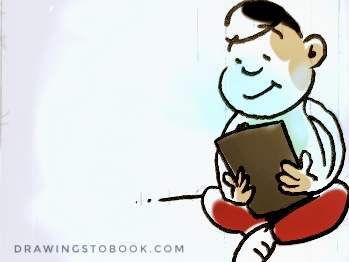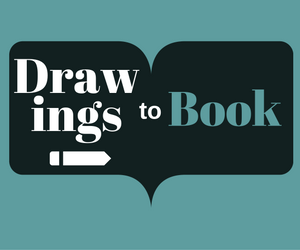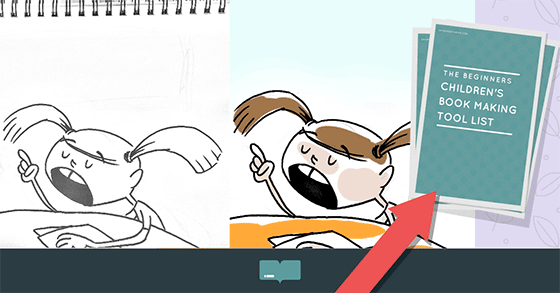6 Reasons you should learn how to make digital books
The future of publishing is now controlled by the creative people who make it.

Depending how old you are, there was a time when if you wanted to listen to your album collection, you carried a stack of CD’s or cassette tapes with you. Now all you need is to make sure you remember your phone.
The same can be said for books.
People don’t normally carry a whole stack of books with them. But with digital books, you can access the ones you want at any time.
Plus, learning how to make them expands your skills. Here is a list of ways digital publishing can change how books will be made in years to come.
- The next generation of digitized textbooks: smarter, more responsive and collaborative, more media elements, greater tools — and interaction from teachers and even students in updating content. Think Wikipedia, but with better filters to sift out inaccuracies. The bottom line? Digital textbooks are no longer products. They are services.
- E-book personalization and watermarking: Photographers have been proficient copyright water markers for years. Now, thanks to companies like Booxstream, e-book owners and small publishers can personalize and watermark as well.
- Customized stories and pictures: Children’s books are about to shift wildly on the digital stage, as technology emerges that allows parents and children to ‘continue’ or even create alternate paths to stories, in effect writing their own segments. In addition, publishers in Europe are utilizing tools to give children more interactive experiences within the books they read.
- Choosing formats: A Spanish company, Btwinbooks, enables readers to look at print and digital versions of books side-by-side, and then choose which format they prefer.
- More mass-scale distribution platforms: Canadian company Pressreader now distributes more than 4,000 magazines and newspapers digitally — the largest client list in the world. It, and the other companies (such as Zinio), continue to support more and more interactivity within the titles they distribute.
- Self-curated digital libraries: WJ Bookclub demonstrated a model that enables readers ages 6 and up to curate their own digital libraries — adding photos, descriptions and other media to deepen and explain their title choices.
via: I&T Today - Digital Book World: The Tide Turns Yet Again
Never has the publishing world seemed more accessible — or more exciting.

